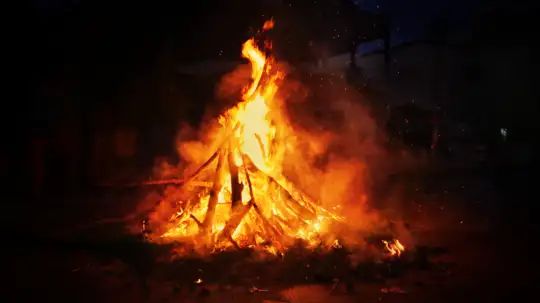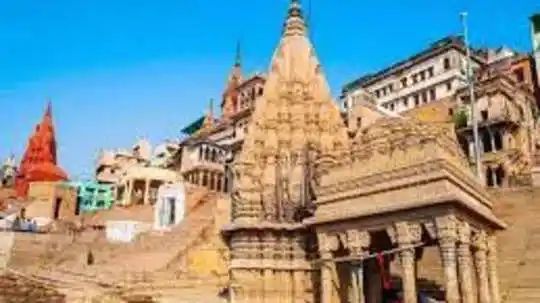Know About the Sri Jagannath Temple That Got Submerged in the Ghodahada Reservoir

India is not called the land of temples for nothing. Not only is the Indian landscape lines with beautiful temples, but the country is also home to some very unusual temples with equally unusual history and beliefs behind their existence.
Some of these temples go back thousands of years and have weathered the natural environment and stand tall as a testimony to the caliber of their builders, while others lay in ruins, victims of the political machinations of the time or submitted their fate to the might of mother nature and time.
One such temple is a 300-year-old temple of Lord Jagannath, which at one time used to be the central place of religious activities. But unfortunately, today it stands half-submerged in water of Ghodahada Dam near Digapahandi in Ganjam in the state of Odisha.
When the water level is low then one can reach the temple, otherwise, for most of the year it remains submerged which makes it difficult to reach it. Also, there are crocodiles in the water which further acts as a deterrent for devotees from going to the temple.
According to the Gangavamsanucharitam Champu of Pandit Basudev Rath Somajaji the temple was built by Raja Padmanav Ananga Bhima Deb (1691-1731) when he established Vijayanagar Fort as the capital of Khemundi kingdom. The king had also laid a wide road called ‘Bada Danda’ like Puri, a multi-pillared ‘Gundicha Mandap’ and dug tank ‘Mahadei Bandha’ for ‘Chandan Yatra’ at Vijayanagar.
However, according to historians Raja Chaitanya Deb had later shifted the capital of Khemundi kingdom to Digapahandi in 1806. The king also brought three deities of Lord Jagannath, Lord Balabhadra and Devi Subhadra of the temple from Vijayanagar Gada to his new palace at Digapahandi 11 km away for performing daily rituals and offering puja. This practice is still continuing even after all these years.





